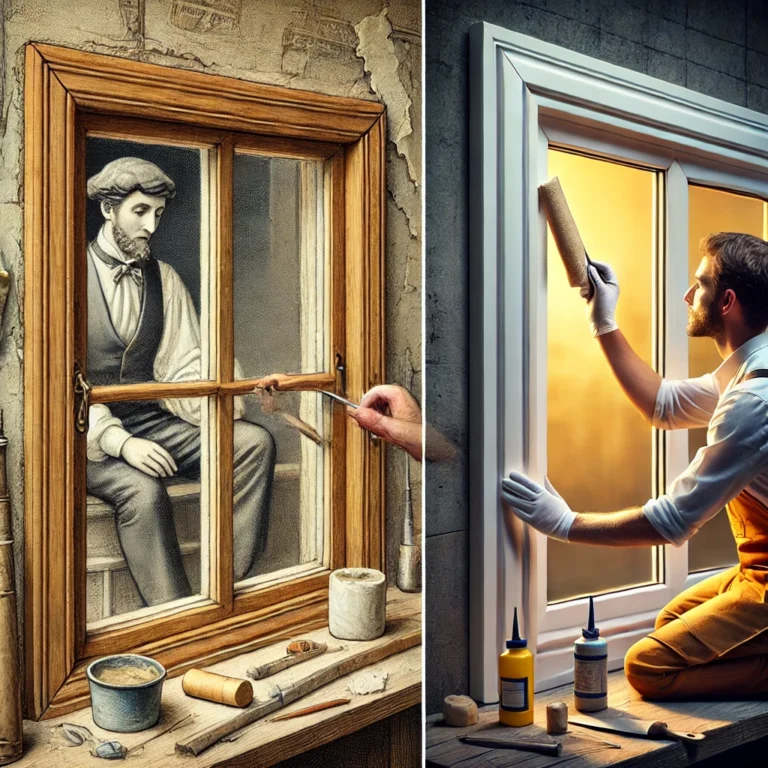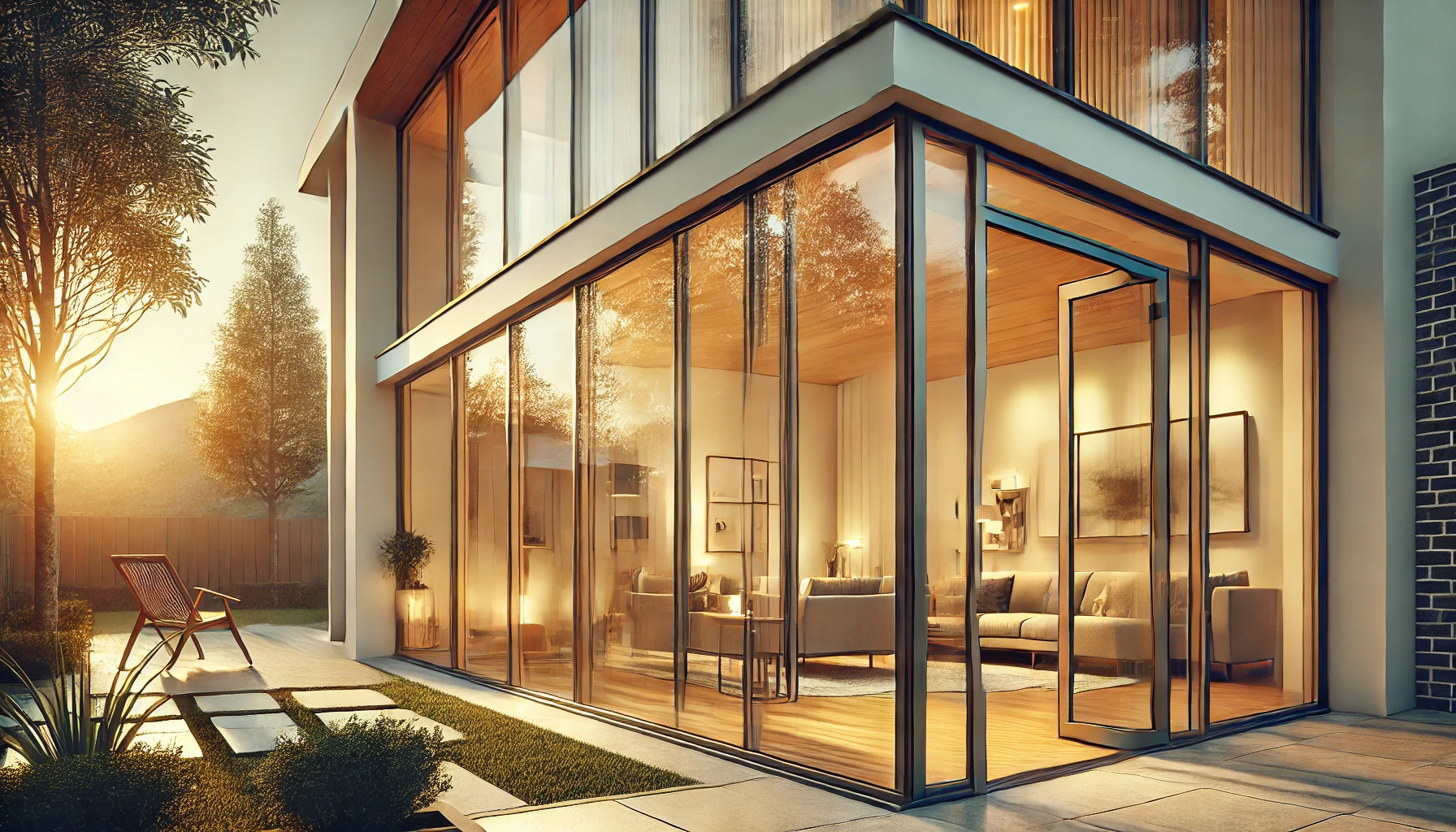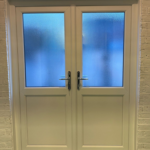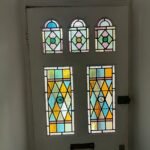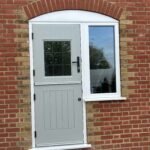In a world of rapid technological advancement, some traditional craftsmanship techniques remain unsurpassed. At GW Glass, we’re proud to offer both innovative modern installation methods and time-honoured traditional techniques like putty glazing. This blog explores the differences between traditional and modern window installation approaches, with a special focus on putty work—a specialisation that sets our company apart in Harlow and surrounding areas.
The Art of Putty Glazing
Putty glazing is a traditional method of securing glass into window frames that dates back centuries. The process involves carefully applying a malleable putty compound (traditionally made from linseed oil and whiting) around the edges of the glass to secure it within the frame. This creates a weather-tight seal that, when properly applied, offers excellent durability and a distinctive aesthetic that’s particularly valued in period properties.
As the Managing Director of GW Glass, my personal specialisation in putty work represents our commitment to preserving these traditional skills. While many companies have abandoned these techniques in favour of faster modern methods, we believe there’s substantial value in maintaining this craftsmanship for the right applications.
Modern Glazing Techniques
By contrast, modern window installation typically uses rubber gaskets, silicone sealants, and beading strips to secure glass within frames. These methods have evolved alongside the development of double glazing and modern materials like UPVC and aluminium. They offer excellent efficiency and can be installed relatively quickly compared to traditional methods.
Modern techniques certainly have their advantages, particularly for contemporary properties where consistency, speed of installation, and standardised appearance are priorities.
When Traditional Methods Shine
Period Properties
For listed buildings and period properties, traditional putty glazing is often the authentic choice that best preserves the character and historical integrity of the building. Conservation officers frequently specify putty glazing for windows in conservation areas or listed buildings to maintain historical accuracy.
Aesthetic Appeal
The slightly softer, handcrafted appearance of putty-glazed windows adds character that many homeowners prefer, particularly in cottage-style or traditional homes. The gentle slopes of well-applied putty create subtle light-catching details that factory-produced beading simply cannot replicate.
Weather Performance
When skilfully applied, traditional putty creates an excellent weatherproof seal. The linseed oil base allows the material to remain slightly plastic, moving subtly with the natural expansion and contraction of timber frames through the seasons. This can result in exceptionally long-lasting weather protection when properly maintained.
When Modern Methods Prevail
Contemporary Designs
For modern homes with clean, minimalist aesthetics, contemporary glazing methods typically provide a more appropriate finish. The precise, uniform lines of modern beading complement the architectural style of newer properties.
Double and Triple Glazing
While traditional putty methods can be adapted for slimline double glazing, standard double and triple glazed units are better suited to modern installation techniques that can accommodate their greater thickness.
Rapid Installation
For projects where time is a critical factor, modern installation methods allow for faster completion, as there’s no waiting for putty to set.
The Hybrid Approach: Best of Both Worlds
At GW Glass, we often recommend a thoughtful hybrid approach for many properties:
- Traditional putty glazing for front-facing windows where period aesthetics matter most
- Modern techniques for less visible windows where practical considerations like noise reduction or energy efficiency are the priority
- Combining traditional timber frames with modern glass technologies for enhanced performance
This balanced approach allows homeowners to preserve character while benefiting from advances in thermal and acoustic performance.
Maintenance Considerations
It’s worth noting the different maintenance requirements:
Putty glazed windows require periodic maintenance—typically repainting every 5-8 years and occasional putty replacement. This isn’t necessarily a disadvantage; this regular attention often means timber frames last longer because problems are spotted early.
Modern windows require less maintenance but tend to need complete replacement when seals eventually fail, as repairs are less straightforward than with traditional methods.
Making the Right Choice for Your Home
The choice between traditional and modern installation methods should consider:
- Your property’s architectural style and age
- Local planning restrictions, especially in conservation areas
- Your priorities regarding aesthetics, energy efficiency, and maintenance
- Budget considerations (traditional methods can be more labour-intensive)
As a company that values both traditional craftsmanship and modern innovation, we’re ideally positioned to offer impartial advice about which approach would best suit your specific property and requirements.
Experience the Difference
Understanding the differences between installation methods helps you make informed decisions about your home improvements. At GW Glass, we’re passionate about educating our customers and providing options that truly meet their needs, not just what’s easiest or most profitable for us.
If you’re considering window replacements or repairs and would like to discuss which installation method would be most appropriate for your property, please call us on 01279 744337. We’d be delighted to share our expertise and help you preserve or enhance your home with the perfect windows, installed with the care and diligence that only comes from genuine craftsmanship.

